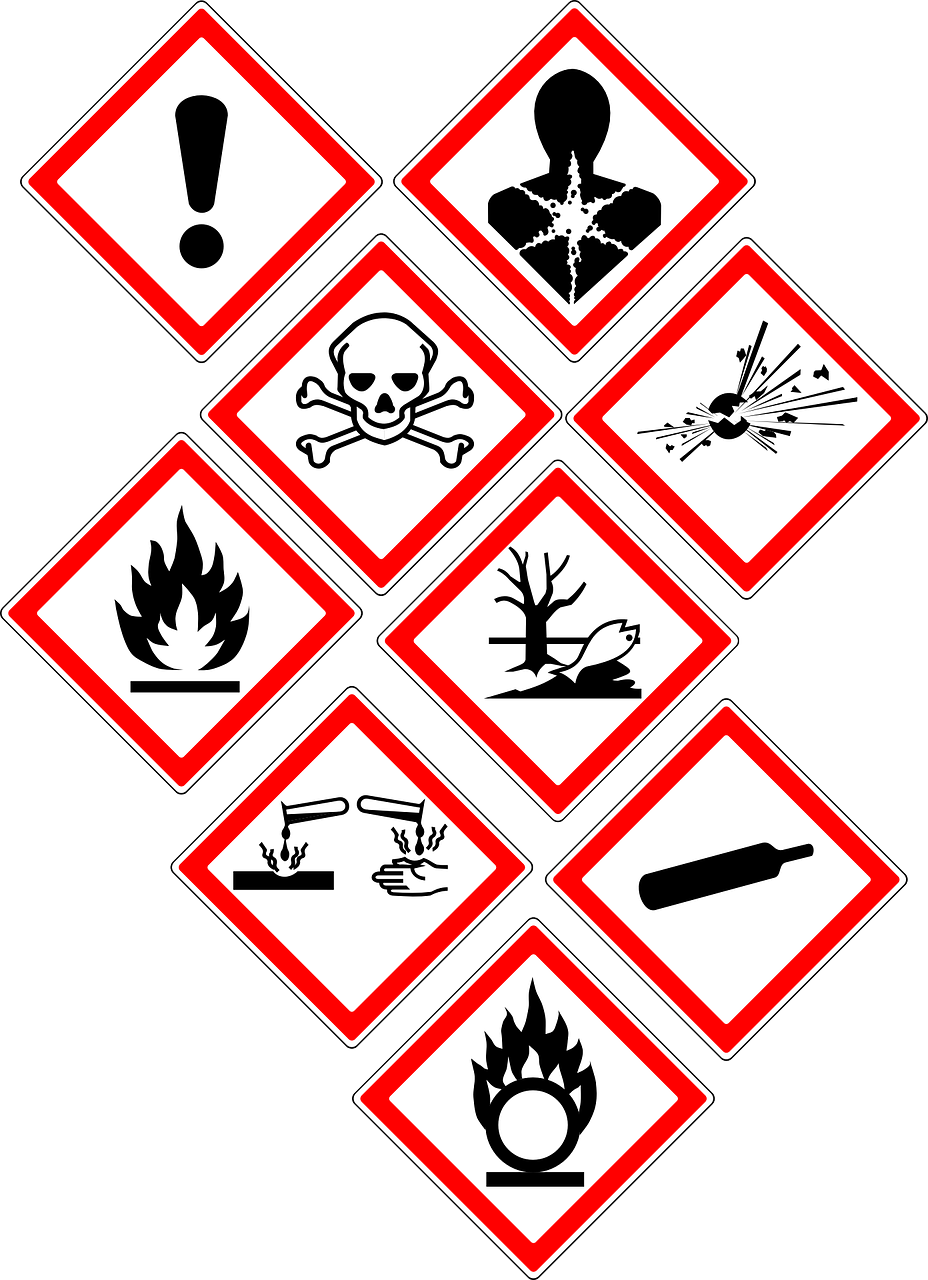Workplace deaths are traumatizing.
For both the agency and the worker’s family.
Those wounds take a long time to heal.
That’s why a commitment to workplace safety, injury reduction, and smarter technology is the way forward if you hope to protect your employees.
The National Safety Council (NSC) recently announced their plans for creating safer workplaces, and we cover their initiative later in this article.
But before we see the solution, let’s examine the problem.
Below we’ll take a look at fatal workplace injury statistics so you understand the gravity of the situation workers and workplaces are facing.
Workplace Deaths Statistics
According to the Bureau of Labor Statistics (BLS), there were a total of 5,147 fatal work injuries recorded in the United States in 2017, down slightly from the 5,190.
Transportation issues were the leading cause of workplace fatalities, accounting for 40% of workplace fatalities, totaling 2,077 deaths.
The second-leading cause of death were fatal falls, totaling 887.
But as bad as these are, we do have good news.
The Silver Lining in Workplace Fatal Injuries
While those statistics prove that there is a lot of work still to do to protect workers and continually reduce workplace deaths, there is a silver lining.
The number of workers dying from fatal injuries as part of their job has been radically reduced.
According to data collected by various sources and presented by the CDC:
- The National Safety Council (NSC) estimates that in 1912, between 18,000 and 21,000 workers died from work-related injuries.
- The Bureau of Labor Statistics, in 1913, found that approximately 23,000 workers died in the industrial industry at a time when the workforce was made up of 38 million people. That means there were 61 deaths per 100,000 workers.
However…
- According to a different report from the National Safety Council, between 1933 and 1997, deaths from “unintentional” work-related injuries declined by 90%, from 37 per 100,000 workers dying to 4 per 100,000.
That’s incredible.
What’s more, the actual number of deaths decreased from 14,500 to 5,100. And while this was happening, the workforce tripled from 39 million to 130 million.
What made the difference?
The National Safety Council would say it’s a mix of various organizations such as unions, government agencies, and advocacy groups.
But they would go on to say that another big factor is technology.
Which is why they’ve launched Work to Zero.
What is Work to Zero and How Will They Reduce Workplace Deaths?
The NSC recently received a $500,000 grant from the McElhattan Foundation to launch Work to Zero 2050, an initiative to “eliminate death on the job by the year 2050.”
Their goal is to not stop until all fatalities have been “eradicated.”
How do they plan on achieving this ambitious goal?
By accelerating the development of essential technologies and training programs, and piloting and evaluating them for efficacy.
These technologies include:
- Wearables
- Robotics
- Virtual and augmented reality
- Automation and artificial intelligence
Plus much more.
The plan for the future is for Work to Zero 2050 will accumulate and execute actionable knowledge needed to implement the best technology for saving lives.
What You Can Do Now to Improve Workplace Safety and Decrease Workplace Deaths
The NSC has a lot of work to do and it’s going to benefit your organization or agency in big ways.
But you don’t need to wait until 2050 to put better workplace standards into place.
You can start today using our flagship Workplace Safety course.
It will show you:
- The chief responsibilities for agency heads under OSHA.
- The responsibilities federal employees have relative to workplace safety in a given scenario.
- The kind of safety and health training various types of employees should receive.
And much more.
Get the Workplace Safety course as part of your free trial of Enterprise Training below.
Experience the proven, easy-to-use, and cost-effective benefits of online training by scheduling your free online training consultation today!

